Ferma’s new president Jorge Luzzi answers StrategicRISK’s questions about the future of Europe’s biggest risk management association
What are you plans for the association?
Over the past few years the trademark of Ferma has been developed. Ferma is known in markets all of the world and has a growing influence within the industry. We now need to consolidate Ferma’s presence and the role the association has.
We also need to address the technical side of risk management as well as how we represent our members. Technically the industry is changing as the regulatory landscape develops; We need to keep our members informed and develop risk management education and certification.
Through its members Ferma represents many large European companies but we need to have a unified voice so that we can work effectively with the European Commission to protect our interests. We need to ensure that the insurance market can meet our needs in spite of changing insurance laws and regulation around Europe, . Overall we need to maintain our presence at a high level around Europe.
What are the challenges that the profession is facing at the moment?
Risk is now a common theme in the boardrooms of many companies. Since the financial crisis in 2008 the business community has rethought its approach to risk management. Many companies now have risk committees and understand the importance of analysing the risks and opportunities involved in major decisions. Our profession is in a moment of change and we now have the chance to grow and improve as risk managers. I believe that times of crises always present opportunities to develop and improve.
Recent national catastrophes have also presented a challenge to the profession. With floods, earthquakes, tsunamis, hurricanes and forest fires, every continent has been hit by a major natural catastrophe in last year; this needs to be addressed by risk managers.
There is also economic and geopolitical risk with the Arab Spring and the financial crisis. For example, multi-national companies need to know which are the best currencies for them to work in. However, in spite of these problems there are still opportunities for growth.
Why did you want to be president of Ferma?
I was always ready to help all the risk management associations that I have worked with. I truly believe that you have to give back to an industry that gives you so much. Another reason why I wanted to get this job is because I think that Ferma has an important role to play in the development of the industry. As a risk manager I learn a lot by working with Ferma and I meet a lot of interesting people. I wanted to help continue the development of our profession and I felt that it was the right time for someone from southern Europe to take the helm of the organisation.
What are the challenges that you think you will face as president?
Due to economic difficulties and constraints, countries around Europe are becoming more criticial of each other’s performance. Some countries are not working as well together as they have done in the past. There is less unity and some governments are even suggesting that it would be better to be outside of Europe entirely. We represent people from all around Europe and even further afield so it will be a challenge to consolidate all of our members interests and work with people from different cultures who speak different languages. However, this is also something that I’m looking forward to.
Another challenge will be the change in dynamics of the world economy and new regulations. We have Solvency II coming through so we need to look after the professional insurance buyer. The world is changing, different countries are becoming more important so we need to prepare for these developments.
What will be different about your presidency?
I think that Peter did a fantastic job but I would say that I put more emphasis on working as part of a big team. It’s very important for me to represent Ferma but it’s also important that I can distribute activities, delegate and get members involved as much as possible. We need to work closely with member associations to strengthen the European risk management community.
Where would you like to see the profession in five years time?
I believe that the profession will be much more important in five years time. The approach to risk will become more generalised and we will be begin to think more as risk administrators with risk being viewed as an opportunity as much as a threat. The profession will be less closely associated with that of insurance management though, of course, insurance will continue to be a key risk transfer tool.
You have worked closely with risk management associations in South America and the US, how will your role at Ferma be different?
If you look at some of the other regional associations, the situation is very different. For example in North America with Rims it’s mostly Canada and the US so there’s one vision, one language and one reality. In South America with Alarys the situation is slightly different as you have captive management in the Caribbean and a big industrial economy in Brazil as well other important markets like Argentina. However, there is only two main languages with Portuguese and Spanish. In Europe, you have many different countries, languages and cultural differences, as well as having three or four big industrial economies that affect the rest of the world. This represents a big challenge but it’s also a sign of Europe’s strength in its diversity and dynamism.





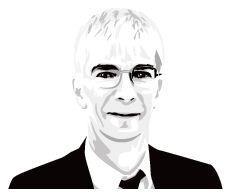
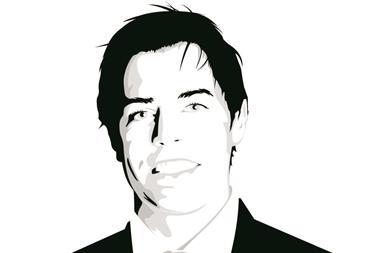
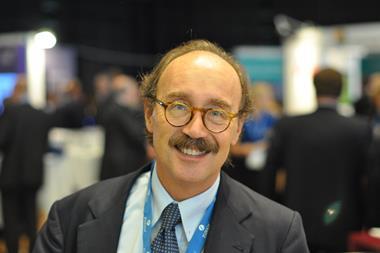
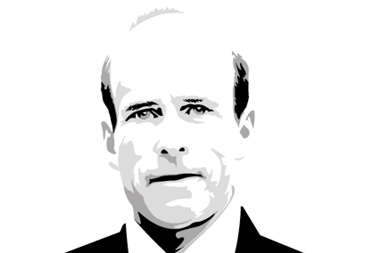
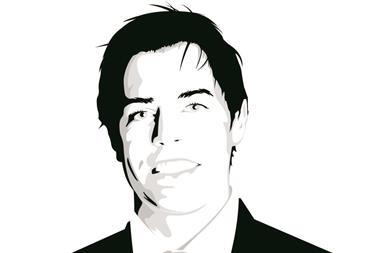
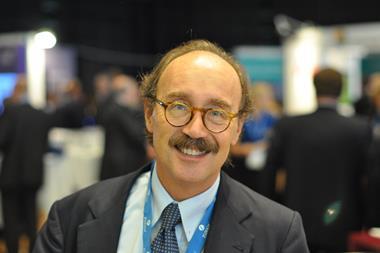









No comments yet